This iconic image from our archives shows work progressing on Dundee’s West Bell Street police headquarters back in 1975.
Here was a new building which would be fit for the demands of modern policing and reflect the “strength and character” of the newly formed Tayside Police.
The force was formed in May 1975, bringing the former Perth and Kinross Constabulary, Angus Constabulary and City of Dundee Police under the one umbrella.
The new HQ officially opened in 1977 and thousands of officers have passed through its doors over the past 45 years.
As the milestone anniversary approaches, we look back at the force’s highs and lows and triumph and tragedy on the region’s streets.
Policing has changed beyond recognition since 1977 but the West Bell Street HQ has stood the test of time despite Tayside being subsumed into Police Scotland in 2013.
Some might be surprised to discover that it’s a street where there has been a police presence since the 1800s.
Modern policing in Scotland began in 1800, when a police force was established in Glasgow by Royal Assent.
Iain Flett, from Friends of the Dundee City Archives, tells us how this impacted policing in Dundee.
He said: “Dundee soon followed Glasgow’s lead and established its own force in 1824.
“This was five years before Sir Robert Peel established the London Metropolitan Police Force.”
The Dundee Police Commissioners were responsible for “cleansing” the town and for civil engineering such as road widening and sewers.
These cleansing powers were one of the reasons that many of the overcrowded slum areas of Dundee, which were seen as the source of most criminal activities, were destroyed.
The whole of Scotland soon came to be served by local constabularies during the latter decades of the 19th Century.
At one stage, there were more than 100 separate police forces in Scotland.
Iain added: “It was this that resulted in the formation of Dundee Burgh, which later became the City Police.
“The force then moved into a premises on Bell Street.”
The hanging of William Henry Bury
Iain continued: “Until 1927, Dundee had its own prison to the north of the Sheriff Court in Bell Street.
“Its prison yard was the host of one of the last-ever public hangings in 1889.”
At 9am on Wednesday April 24 a black flag was seen flying high above the premises.
That flag announced that a man had gone to his death, according to law.
William Henry Bury was taken from his cell on the morning of April 24 to the gallows, where he was hung for murdering his wife.
He had arrived in Dundee on the steamer Cumbria – which had arrived from London – with all of his possessions in two small wooden crates.
Bury’s reason for arriving to the city remains a mystery, although he was also later suspected of being ‘Jack the Ripper‘.
His death was the first time the flag had been flown in more than 40 years, and it has never been flown again.
Dundee City Police rolled out a “unit beat system” in the 1970s.
The City of Dundee was divided into “beats”, regional areas which each had its own specific policeman.
The force stated at the time: “It is hoped the folk of the district will get to know their own man, and he in turn is anxious to get to know them.”
The beat copper worked flexible hours and would often be seen in plain clothes.
Design work on a new headquarters for the city force began in the early ’60s, but this was interrupted in 1975.
Iain said: “Dundee, along with Aberdeen, Glasgow and Edinburgh, lost its all-purpose status in 1975.”
Dundee City Police was then combined with Angus and Perthshire divisions to form one new policing unit – Tayside Police.
The new organisation required a shiny new building, which was to be twice the size of the original plans.
Plans were drawn up on February 1973, and the contract was awarded to Dundee builder Charles Gray in April 1974.
Tayside Police HQ was officially opened by the Queen Mother in 1977.
A total of 10,000 square metres, the new headquarters for Tayside Force had more than 100 rooms.
Some of its notable rooms included 40 cell and detention areas, a telephone and radio equipment room, a police surgeon’s room – and even a new, state-of-the-art recreational lounge.
Officers could switch off from the daily grind with a shower, a browse in the library or even by spending some time in the TV room!
The Tayside force were not just known for policing the streets.
They were also known for their iconic Pipe Band, which often led council processions through the city.
They could also be seen leading the charge at Dundee Day parades!
Iain commented on how regionalisation affected Tayside Police.
He said: “In 1996 all-purpose status was restored to Scotland’s cities, but policing was taken out of the control of the local authorities.”
In 2012 the Scottish Parliament approved the Police and Fire Reform (Scotland) Act, which would create a single Police Service of Scotland – known as Police Scotland.
Police Scotland would begin operating from April 1 2013.
This merged the eight new regional police forces in Scotland (including Tayside Police), together with the Scottish Crime and Drug Enforcement Agency, into a single service covering the whole of Scotland.
Dundee’s branch of Police Scotland still operates from the same building on Bell Street, overseeing the city as it will continue to do for many years to come.
More like this:
Can you help solve 1996 Dundee armed bank raid mystery?
Meet the drunken Dundonians who were blacklisted from the city’s pubs
Hilda Bury: Meet the woman who was Dundee’s very own Miss Marple
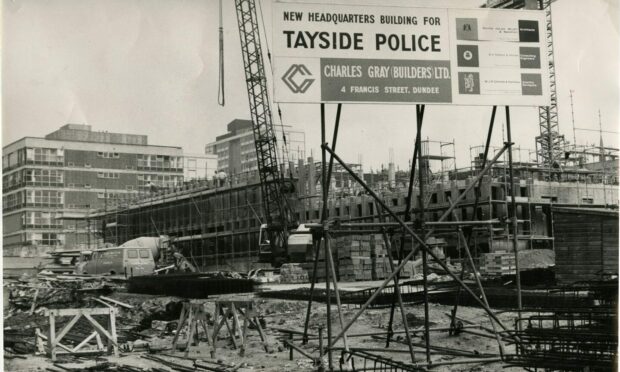
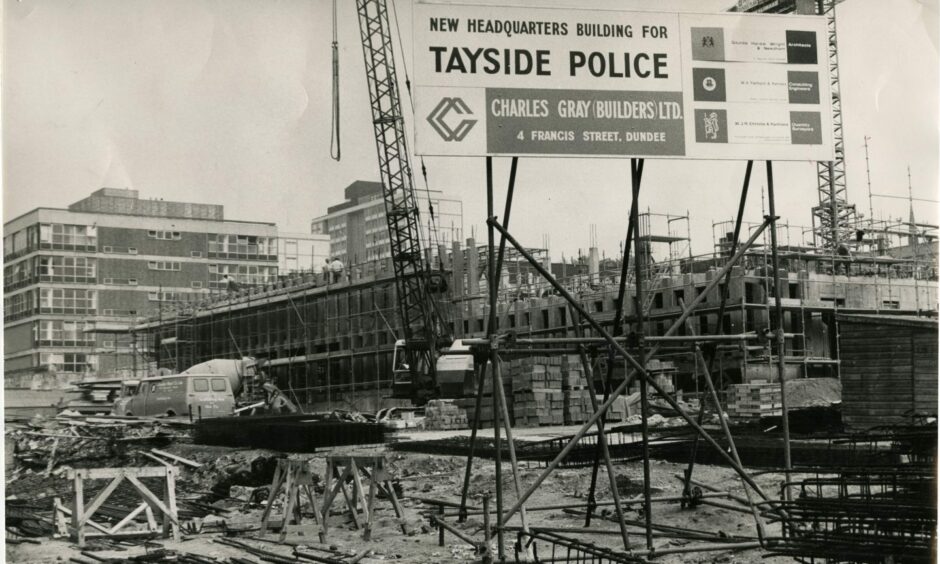
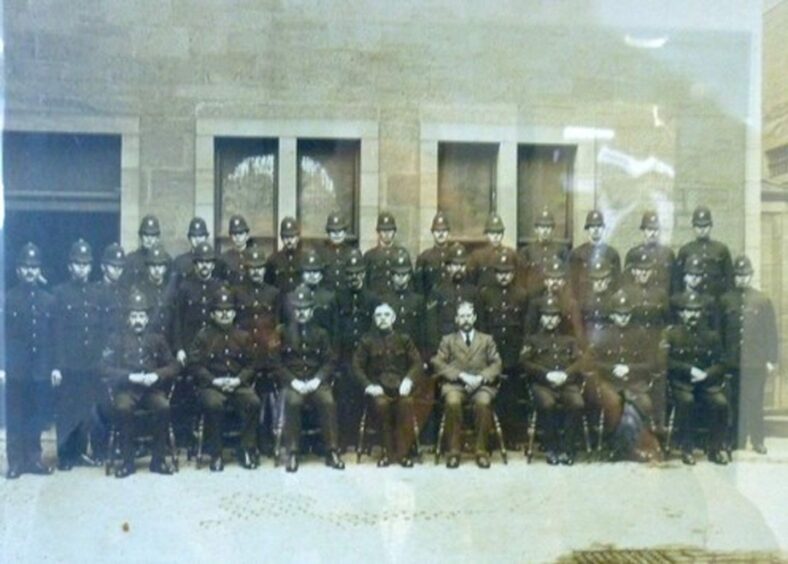
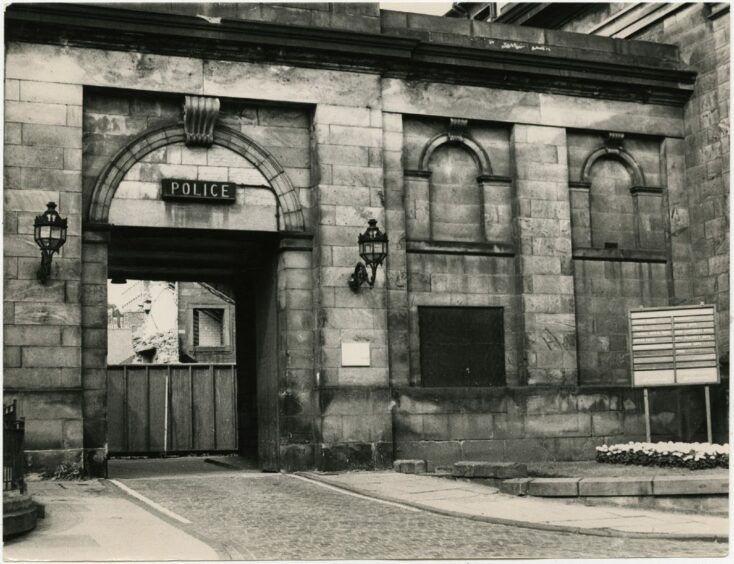
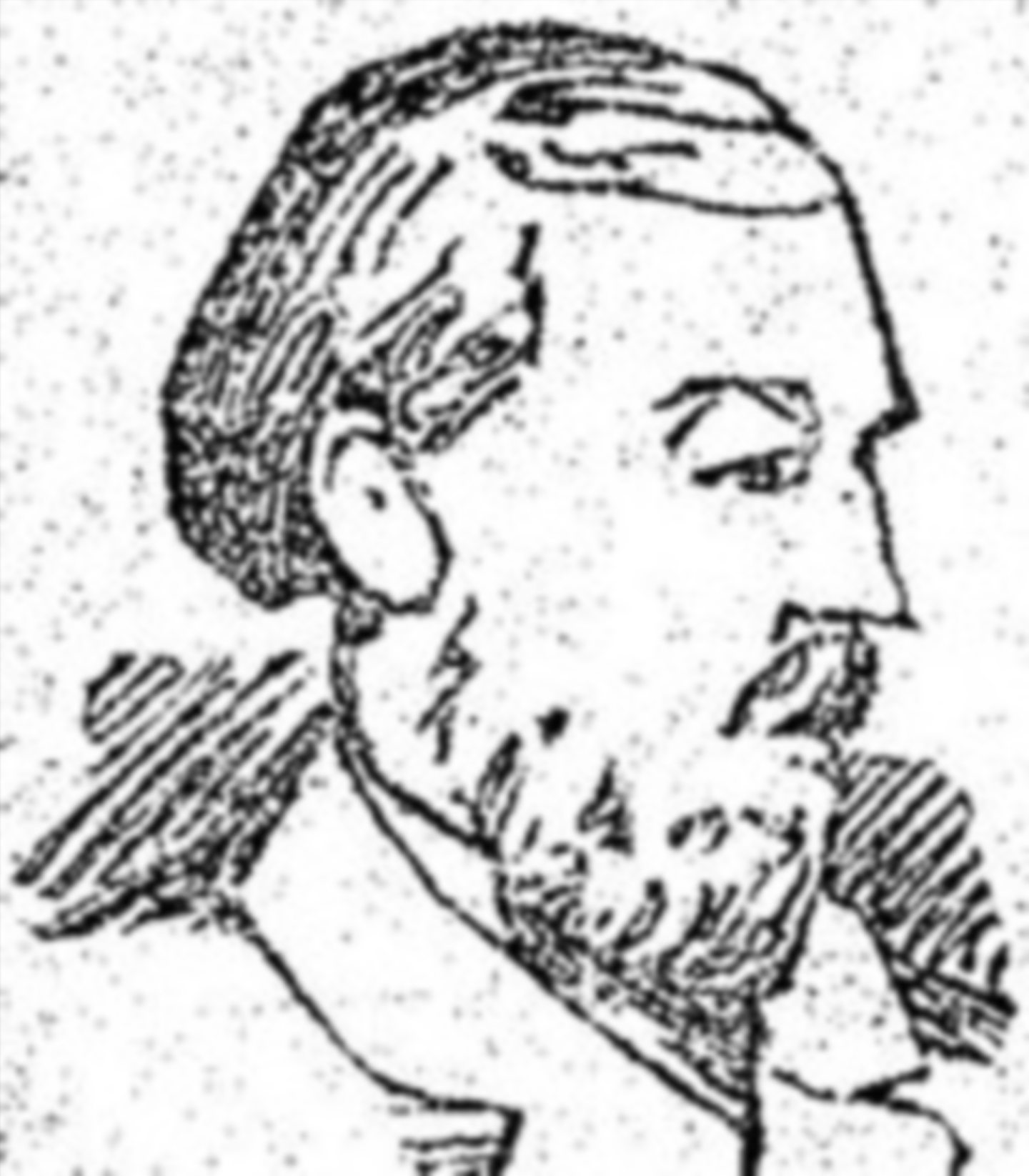
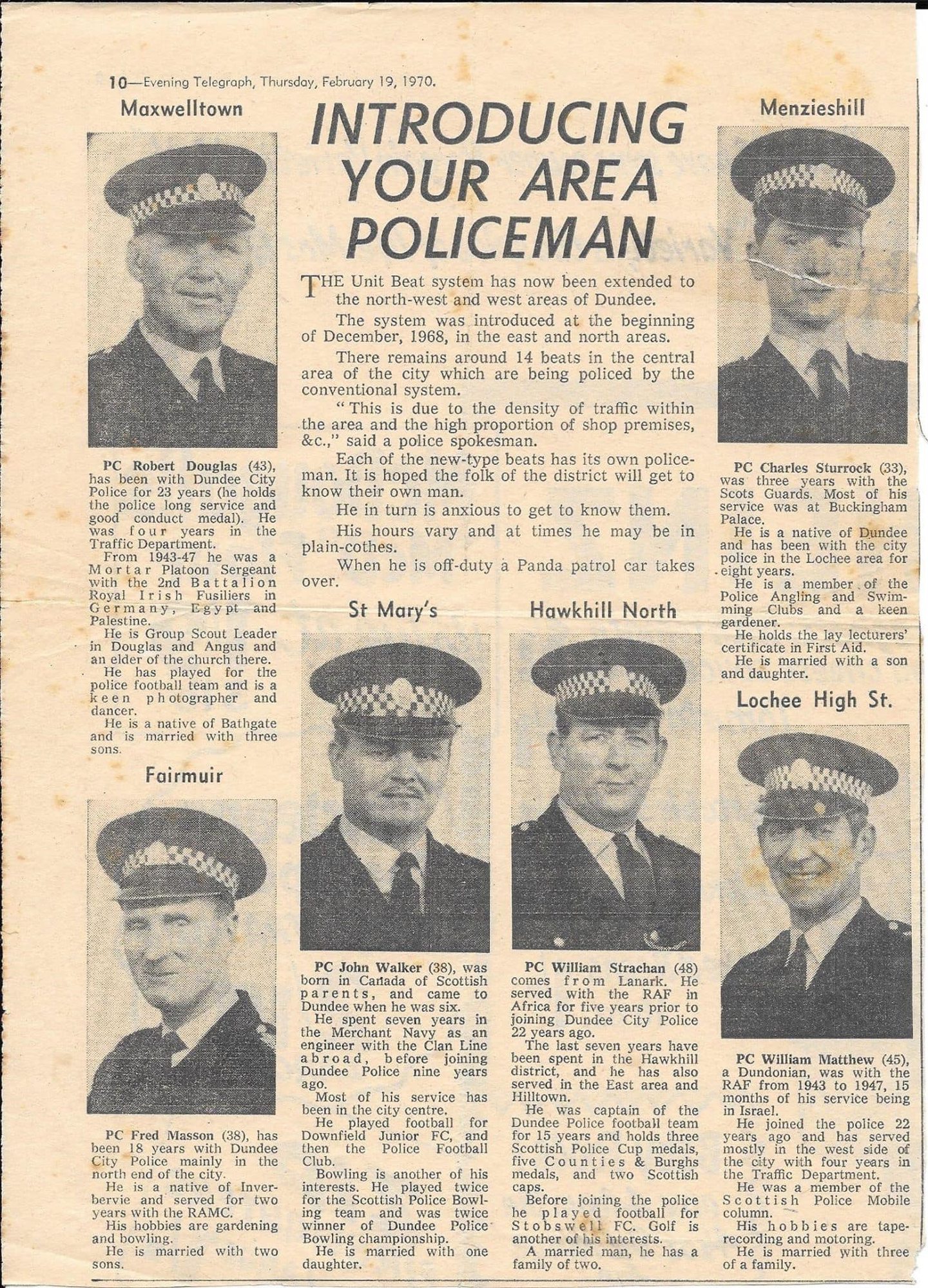
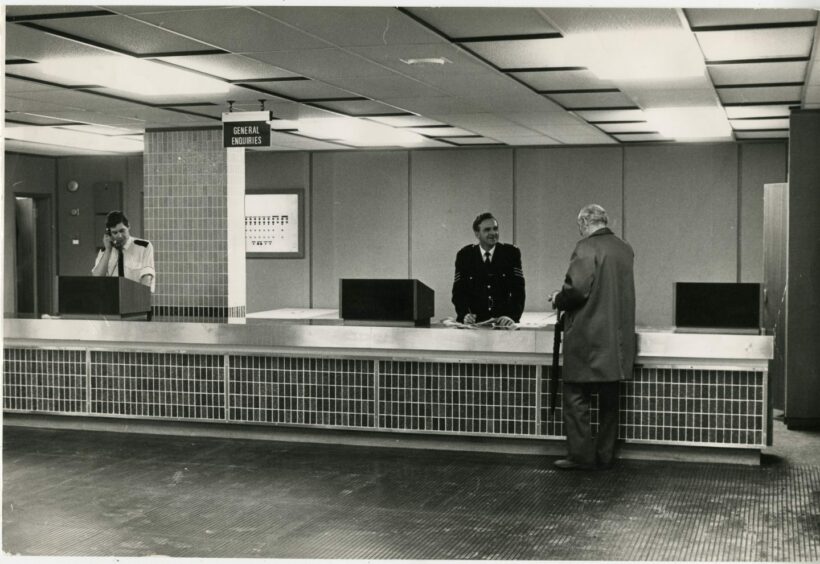
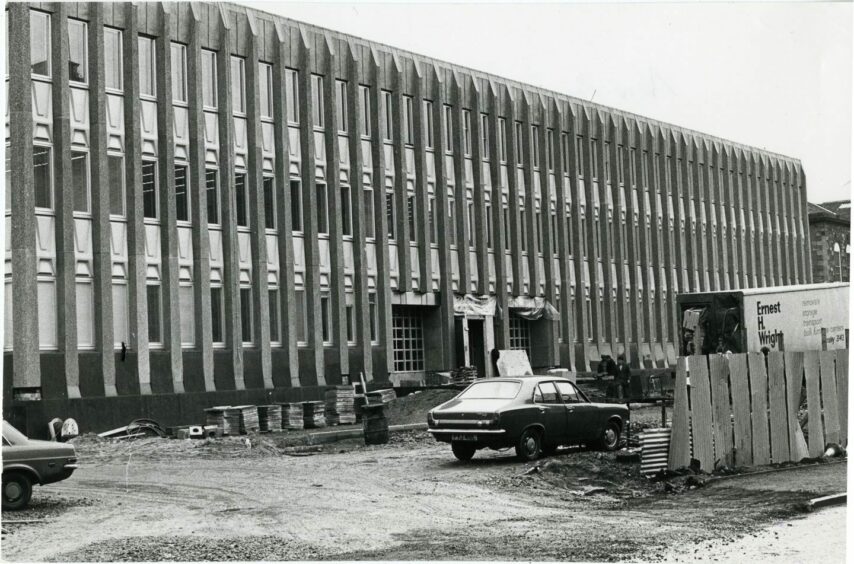
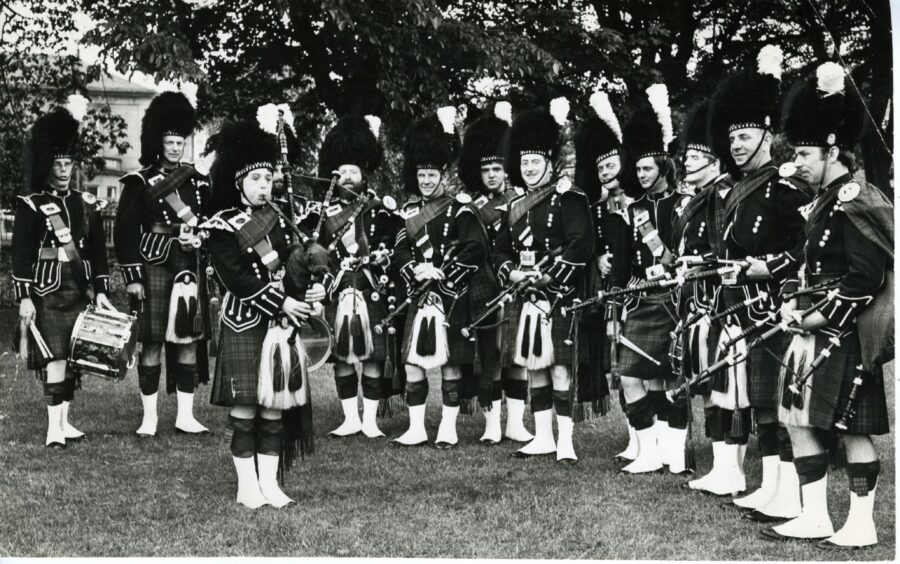
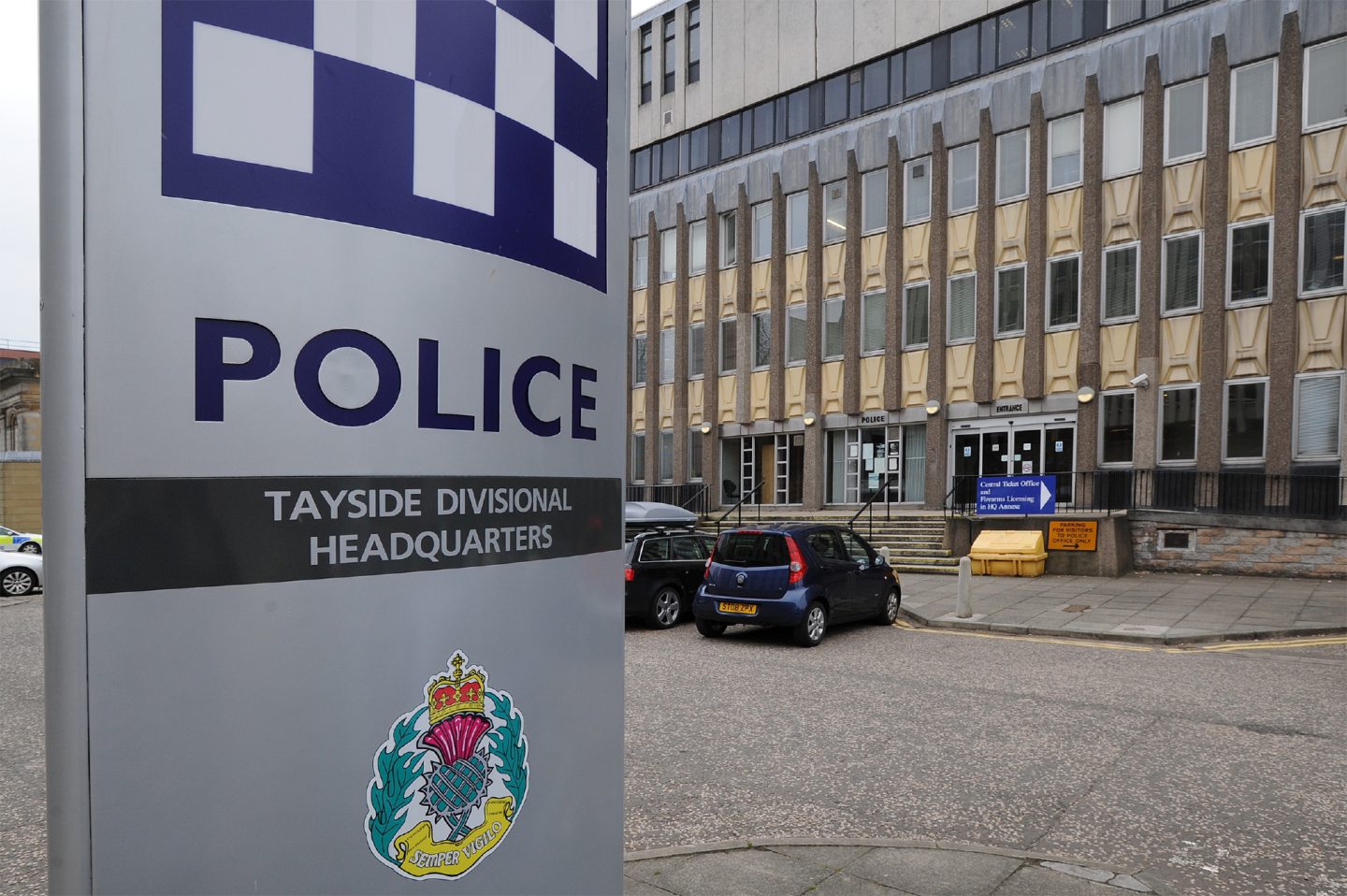










Conversation